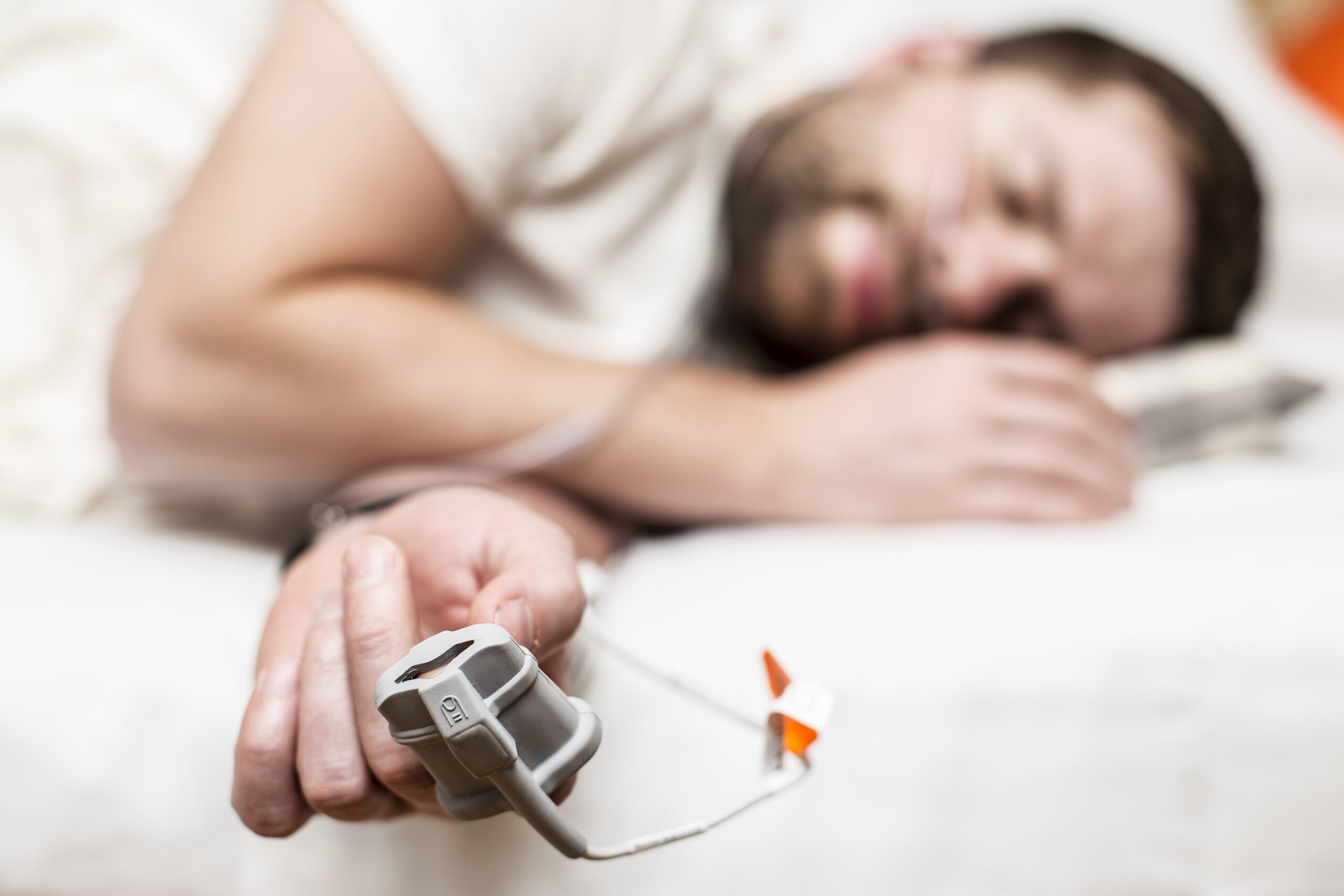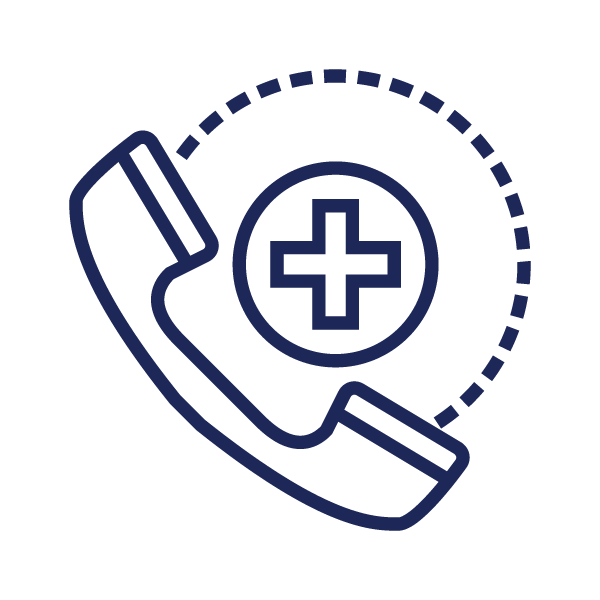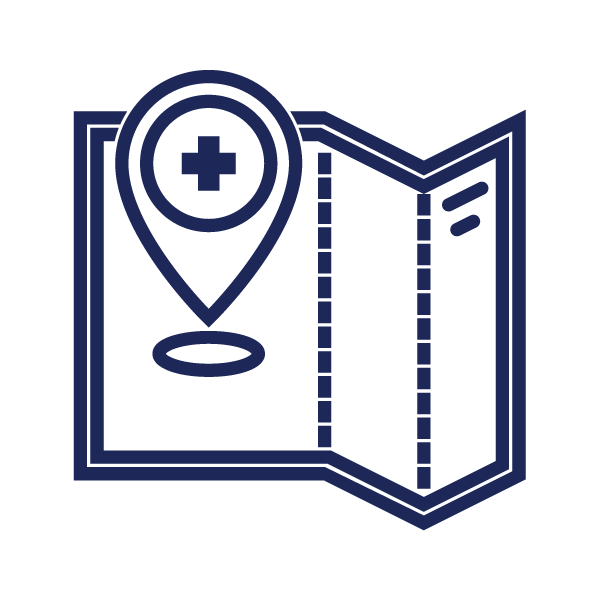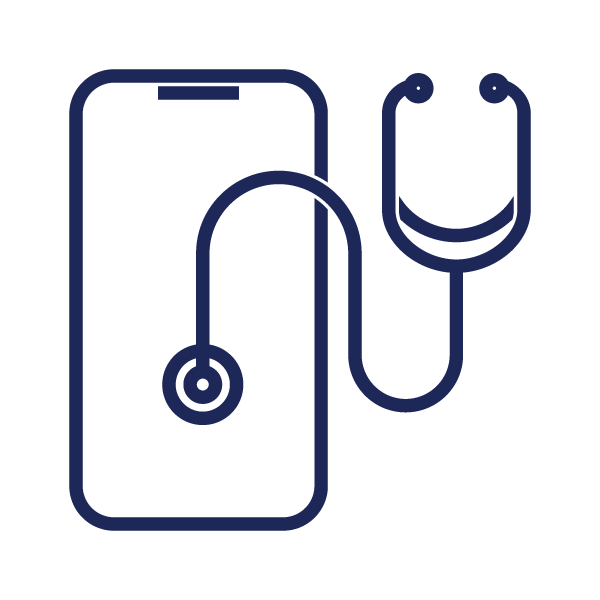Breathe Easy, Sleep Soundly: The Non-Invasive Solution to Sleep Apnea
Experience the life-changing benefits of Dr. Kevin R. Woodard's Cranial Facial Release Technique, a revolutionary approach to conquering sleep apnea without the need for cumbersome machines or invasive procedures.

Sleep apnea is a sleep disorder characterized by pauses in breathing or shallow breathing during sleep. These pauses, known as apneas, can last for a few seconds to a few minutes and may occur multiple times throughout the night. Sleep apnea can be broadly categorized into three types:
-
Obstructive sleep apnea (OSA): This is the most common type, caused by the relaxation and collapse of the throat muscles, leading to a blockage of the airway.
-
Central sleep apnea (CSA): This type occurs when the brain fails to send proper signals to the muscles responsible for controlling breathing.
-
Mixed sleep apnea: This type is a combination of both obstructive and central sleep apnea.
Sleep apnea can be harmful to a person’s health and well-being due to the disruptions in normal breathing patterns and the subsequent impact on sleep quality. The condition often leads to multiple awakenings during the night, preventing the affected person from reaching deep and restorative sleep stages. Consequently, individuals with sleep apnea may experience excessive daytime sleepiness, fatigue, poor concentration, irritability, and decreased cognitive function. It can also contribute to other health issues, including:
-
Cardiovascular problems: Sleep apnea has been linked to an increased risk of high blood pressure, heart disease, heart attacks, strokes, and irregular heart rhythms.
-
Metabolic disorders: It may contribute to the development of insulin resistance, glucose intolerance, and type 2 diabetes.
-
Mental health issues: Sleep apnea has been associated with a higher prevalence of depression, anxiety, and decreased overall quality of life.
-
Increased risk of accidents: The excessive daytime sleepiness resulting from sleep apnea can impair attention, reaction time, and judgment, increasing the risk of workplace or traffic accidents.
It is essential to note that severe cases of untreated sleep apnea can have life-threatening consequences. The repeated interruptions in breathing can lead to decreased oxygen levels in the blood and increased carbon dioxide levels, putting stress on the cardiovascular system. Sleep apnea has been associated with an increased risk of cardiovascular events, such as heart attacks and strokes, which can potentially be fatal. However, it’s worth mentioning that not all cases of sleep apnea are life-threatening, and the severity and individual health factors play a significant role in determining the risks involved.
If you suspect you or someone you know may have sleep apnea, it is important to seek medical attention for proper diagnosis and treatment options. Treatment can help alleviate symptoms, improve sleep quality, and reduce the associated health risks.
With Cranial Facial Release there’s now HOPE!!
Cranial Facial Release (CFR) is a technique that primarily focuses on manipulating the bones and tissues of the head and face to address various issues. There is good evidence and practitioner claims about its potential benefits for conditions like sleep apnea.
Potential Mechanisms of CFR for Sleep Apnea:
Practitioners who support the use of Cranial Facial Release (CFR) for sleep apnea propose a couple of potential mechanisms through which the technique might help:
- Improved Nasal Function: CFR may help to improve the alignment and mobility of bones in the face and skull, including those related to the nasal passages. Better nasal function could potentially lead to improved airflow during sleep, which might be beneficial for certain types of sleep apnea, particularly those related to nasal obstruction.
- Influence on Autonomic Nervous System: CFR is suggested to have an effect on the autonomic nervous system, which plays a role in controlling various bodily functions, including breathing. If CFR could help to regulate autonomic function, it might have an impact on breathing patterns during sleep.
Considerations:
It’s important to note:
- Varied Causes of Sleep Apnea: Sleep apnea can have different underlying causes, such as obstructive sleep apnea (OSA) caused by airway obstruction and central sleep apnea (CSA) caused by problems with the brain’s respiratory control centers. CFR may be more relevant for specific types of sleep apnea.
- Consulting with Professionals: Individuals with sleep apnea should always seek advice from qualified healthcare professionals, such as sleep specialists, pulmonologists, or otolaryngologists. These experts can provide accurate diagnosis and recommend evidence-based treatments. More and more professionals are becoming familiar with Cranial Facial Release for sleep apnea and recommend it frequently.
- Holistic Approach: While many people find astonishing relief from complementary and alternative therapies, it’s important to approach these options as part of a comprehensive and evidence-based treatment plan. CFR should not replace or delay the use of proven medical treatments for sleep apnea.
In conclusion, the claims about the potential benefits of Cranial Facial Release (CFR) for sleep apnea are very promising. Call today to see if you are a good candidate.
Want to consult about health? contact us
Expert Guidance is Just a Call Away — Reach Out Today
Get in Touch
There are numerous avenues for reaching out to us. You have the option of getting in touch through a phone call, text message, or email.

Emergency Contact
- Free Call 24/7
- 720-280-6078 (Call or Text)
- [email protected]

Healthworx Location
- M,T,W,F
- 2255 S. Wadsworth Blvd. Suite G-4 Lakewood, CO 80227

Phone Contact
- Within Working Hours
- 303-989-5740

Through a harmonious fusion of traditional medical practices and alternative therapies, we provide personalized treatment plans that address the root causes of ailments, rather than just the symptoms.
Visit Us
- 2255 S. Wadsworth Blvd. Suite G-4 Lakewood, CO 80227
- www.drkevinwoodard.com
- [email protected]
- 303-989-5740
Quick Links
- Copyright 2024 © All Right Reserved
